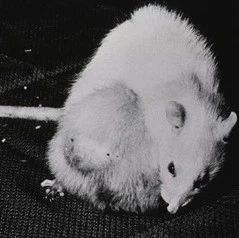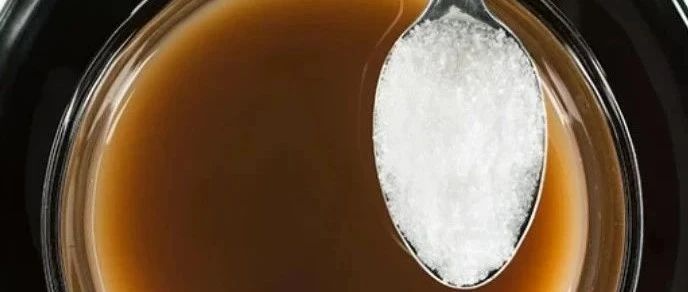
研究证实胚胎干细胞可修复受损动脉
美国德克萨斯州生物医学研究所的科学家首次证实,狒狒的胚胎干细胞可用于完全恢复受损的动脉。这些早期的研究结果预示了开发干细胞疗法用于恢复人类因衰老或疾病而受损的组织或器官的美好前景。
德克萨斯州生物医学的首席科学家John L. VandeBerg博士介绍说:“我们首先在特殊的条件下于培养皿中培养干细胞,使其分化为血管细胞的前体,并然后将使它们变为类似血管的管状及分支结构。”
这一发现给了VandeBerg和他的团队信心,他们决定开展复杂的实验来验证这些细胞是否确实能够修复受损的动脉。
据研究者表示,他们在研究中发现源自胚胎干细胞的这些细胞确实能够修复实验致损的狒狒动脉,并且“有望用于修复受损的人类血管。”
在研究中,研究人员将狒狒动脉某段中的内壁表面细胞完全去除掉,然后将源自胚胎干细胞的细胞加入到动脉中。研究人员然后将这段动脉置于专门用于培养细胞核组织的生物反应器中进行培养。
血管内部通过压力装置泵入流体以模拟血液流动,同时在血管外部浸入另一种流体中以维持细胞的定位。
三天后,在血管内部开始再生血管内表面的复杂结构,14天后,血管内壁完全恢复到期复杂的自然态。
VandeBerg表示,这种疗法对于那些因冠状动脉受损而发生心脏病的患者来说意义重大。这是干细胞再生医学真正的潜力所在。
为了证实在没有干细胞时动脉不会自我修复,研究人员进行了对比试验,将一段动脉的内壁细胞去除但不加入干细胞,然后进行相同的处理,结果并没有发生自我修复现象。
同时,研究人员也通过实验证实了用干细胞修复后的动脉完全具备正常的功能。VandeBerg表示,“这证明我们可以利用干细胞来治疗最严重的动脉损伤。”
研究者希望最终能够将皮肤细胞或白细胞或者来自人体任何组织中的细胞诱导成为类似胚胎干细胞的细胞,使其可分化为任何的组织或器官。

 Endothelial reconstitution by CD34+ progenitors derived from baboon embryonic stem cells
Endothelial reconstitution by CD34+ progenitors derived from baboon embryonic stem cells
Qiang Shi et al.
In this study, we used a large non-human primate model, the baboon, to establish a step-wise protocol to generate CD34+ endothelial progenitor cells (EPCs) from embryonic stem cells (ESCs) and to demonstrate their reparative effects. Baboon ESCs were sequentially differentiated from embryoid body cultures for 9 days and then were specified into EPCs by culturing them in monolayer for 12 days. The resulting EPCs expressed CD34, CXCR4 and UEA-1, but neither CD31 nor CD117. The EPCs were able to form intact lumen structures when seeded on Matrigel, took up Dil-LDL, and responded to TNF-α. Angioblasts specified in EGM-2 medium and ECGS medium had 6.41 ± 1.16% (n = 3) and 9.32 ± 3.73% CD34+ cells (n = 3). The efficiency of generating CD34+ EPCs did not differ significantly from ECGS to EGM-2 culture media, however, angioblasts specified in ECGS medium expressed a higher percentage of CD34+/CXCR4+ cells (3.49 ± 1.32%, n = 3) than those specified in EGM-2 medium (0.49 ± 0.52%, n = 3). To observe their reparative capacity, we purified CD34+ progenitors after specification by EGM-2 medium; inoculated fluorescently labelled CD34+ EPCs into an arterial segment denuded of endothelium in an ex vivo system. After 14 days of ex vivo culture, the grafted cells had attached and integrated to the denuded surface; in addition, they had matured further and expressed terminally differentiated endothelial markers including CD31 and CD146. In conclusion, we have proved that specified CD34+ EPCs are promising therapeutic agents for repairing damaged vasculature.
文献链接:Endothelial reconstitution by CD34+ progenitors derived from baboon embryonic stem cells






